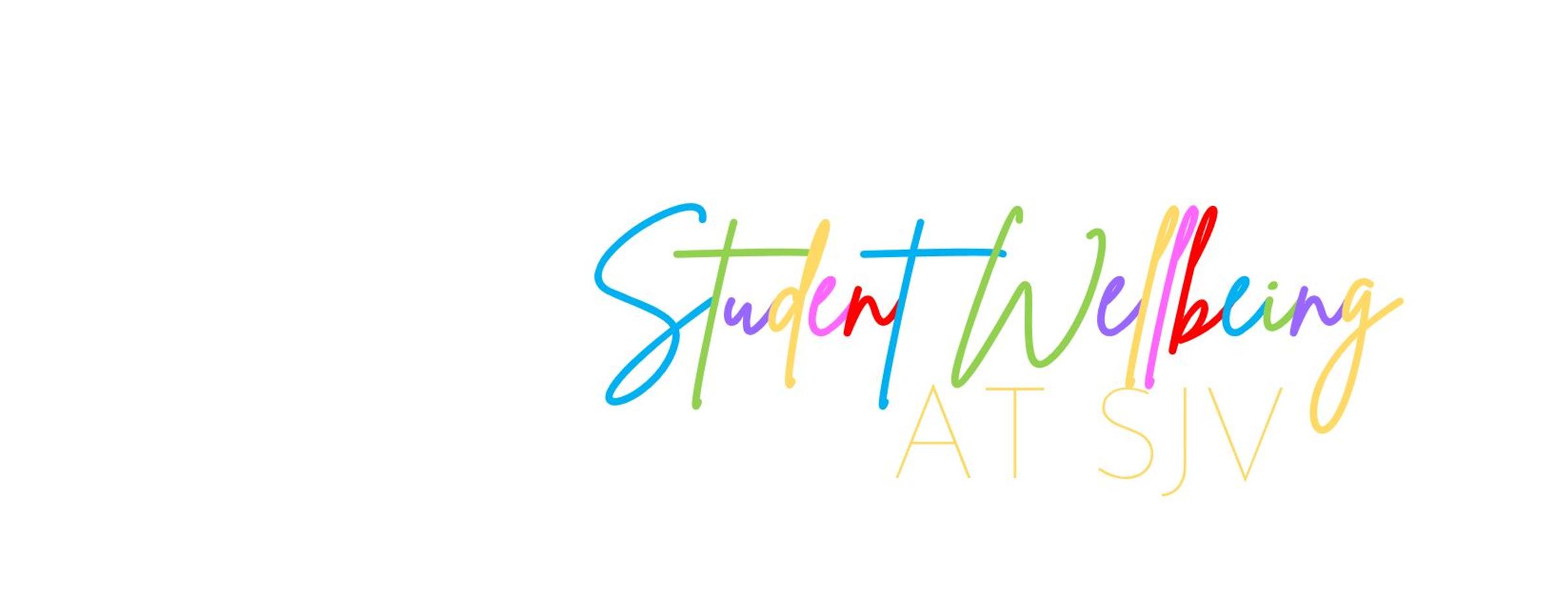Student Wellbeing

BREAKING NEGATIVE THINKING LOOP
At many stages of our lives and the lives of our children they may get caught up in negative thoughts. Here is some information from the Student Wellbeing Hub to support families.
Part of dealing with stress or the challenges that we face involves being able to problem solve and break the challenge down into manageable parts. It involves moving forward and letting go. But what do you do when in the midst of problem solving, you get caught in a pattern of repeating thought and can’t let the issue go or you can’t move past the issue? Or where you find yourself caught in a thought chain, with one automatic thought leading to another unhelpful thought? This negative thinking chain can lead to anticipatory anxiety and this can become a bigger problem. It creates fear and causes people to avoid or turn back long before they have a chance to see what the true outcome may be. This in turn creates a vicious circle. Unless people can break that circle or prevent it from gathering momentum, it will intensify their tendency to avoid and to stay stuck in the thinking chain.
Anticipatory Thoughts → Anxiety and Physical Symptoms → Increased Fear
To break this cycle, people must learn to break the pattern and stop the anticipatory negative thoughts before they gather momentum and then replace the thoughts with more rational, positive thoughts.
To Break The Thinking Pattern, Utilize the 5 R’s: Recognize – Refuse – Relax – Reframe – Resume
Recognise: Recognising that you are having a negative thought is a critical first step in learning to control negative thinking chains.
Refuse: You must refuse to allow the negative thought to continue and gain strength by doing something to disrupt the negative image and/or thought.
- Thought-stopping is a self-intervention technique with the goal of interrupting and removing problematic recurring thought patterns. Whenever you have a worry you are encouraged to force yourself to stop having these thoughts by snapping a rubber band on your wrist to distract you or by just yelling to yourself, “Stop.” Thought-stopping is a difficult technique to use since thought-stopping often leads to thought-rebounding, which is where you end up thinking even more about the issue after the suppression. Thought-stopping is not enough on its own. You need to know what to do or thought to replace it with once you have succeeded in interrupting your automatic thought chain or it is likely that you will go back to thinking your automatic thoughts.
Relax: Controlled breathing will help the body to relax during this thought chain. Count to four as you take a slow, deep breath, then release it in a slower, controlled exhalation to the count of eight and repeat this for several cycles. This will help if you are breathing fast or holding your breath.
Reframe: Self-suggestion approaches represent an attempt to create new thought chains. These approaches work by way of suggestion of a new and desirable idea or image, repeated multiple times.
- Affirmations. The simplest approach to self-suggestion involves repeating a new idea about yourself to yourself on a regular basis. By repeating the statement, you are conditioning yourself to learn the statement. It is important that you only repeat affirmations that you do believe, at least at some level. By repeating statements to yourself which you do not yet believe, you run the risk of highlighting for yourself what you do believe, which is typically something more negative, and becoming more self-aware of your failings.
- Thought Switching. The goal is to replace negative thoughts with positive, rational thoughts. For example: “I am getting anxious and I am afraid that I will faint in public”. Followed by: “I may experience these feelings, but I don’t have to let them control me. Since I have never fainted in the past, I won’t faint now. I can choose to stay in the situation in spite of my anxieties. I will remember to breathe slowly through my nose. It’s just anxiety and will pass. I will focus on what is really happening instead of my irrational thoughts”. It is important to prepare your positive, coping statements in advance. Look at your typical thought chains and write out your positive, rational thoughts around these. Periodically during the day, go through and read the cards or place them in an audio format and have them play back to yourself. Positive, rational thoughts interrupt anxiety by getting people to focus on what is real instead of what their negative thought chains are telling them. However, without practice, you will experience only a minor benefit.
- Imagery. Self-suggestion can be practiced with imagery or with a combination of words and imagery. Photos or pictures of what you are trying to achieve can be posted. To make the method have the best chance of being effective, you need to make sure you look at the photos on a regular basis. It is also possible to use imagined imagery to help motivate and relax yourself. Imagining a situation and how you would like it to play out, can help prepare you for the real-life situation.
- Mood States. Self-suggestion can help you to become more in control of your mood states. Self-suggestion can be paired with relaxation techniques to create an association between particular phrases or affirmations and a feeling of calmness. For example, you might put yourself into a state of and repeat the words, “Peace”, and “Relax” to yourself. Alternatively, you might imagine a peaceful nature scene while relaxing. Repeated pairings with the relaxed state of mind will set up an association between the words or images and the feeling. At that time, repeating the words to yourself or visualizing the image may help you to more quickly enter into that relaxed feeling state when you need to.
Resume: Finally, think about what you are like when you think and perform with excellence and develop your confidence by practicing these skills when your thought chains try to derail you.
Regards
Jenny Willmott
jwillmott@sjvmulgrave.catholic.edu.au
Deputy Principal/ Student Wellbeing Leader



